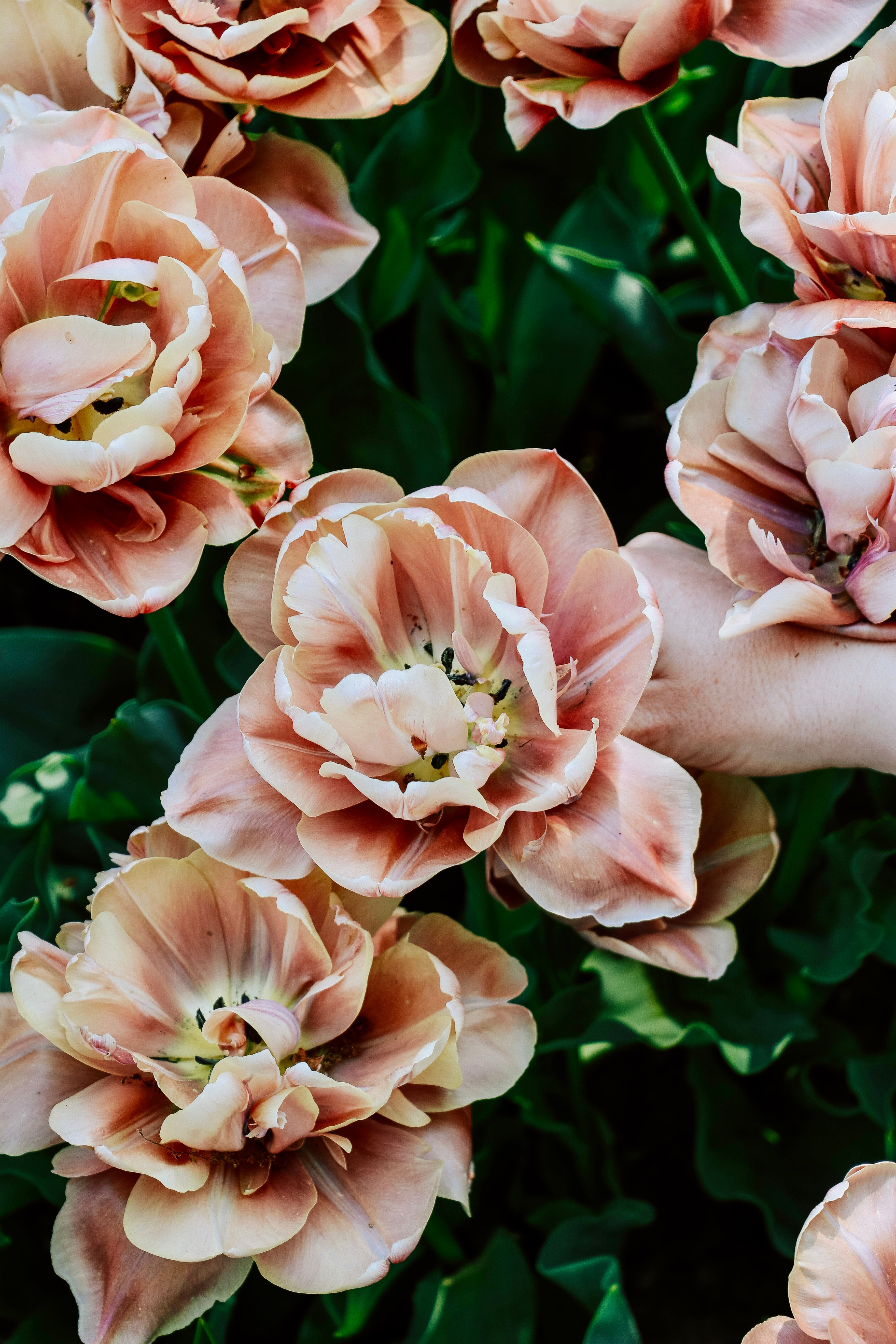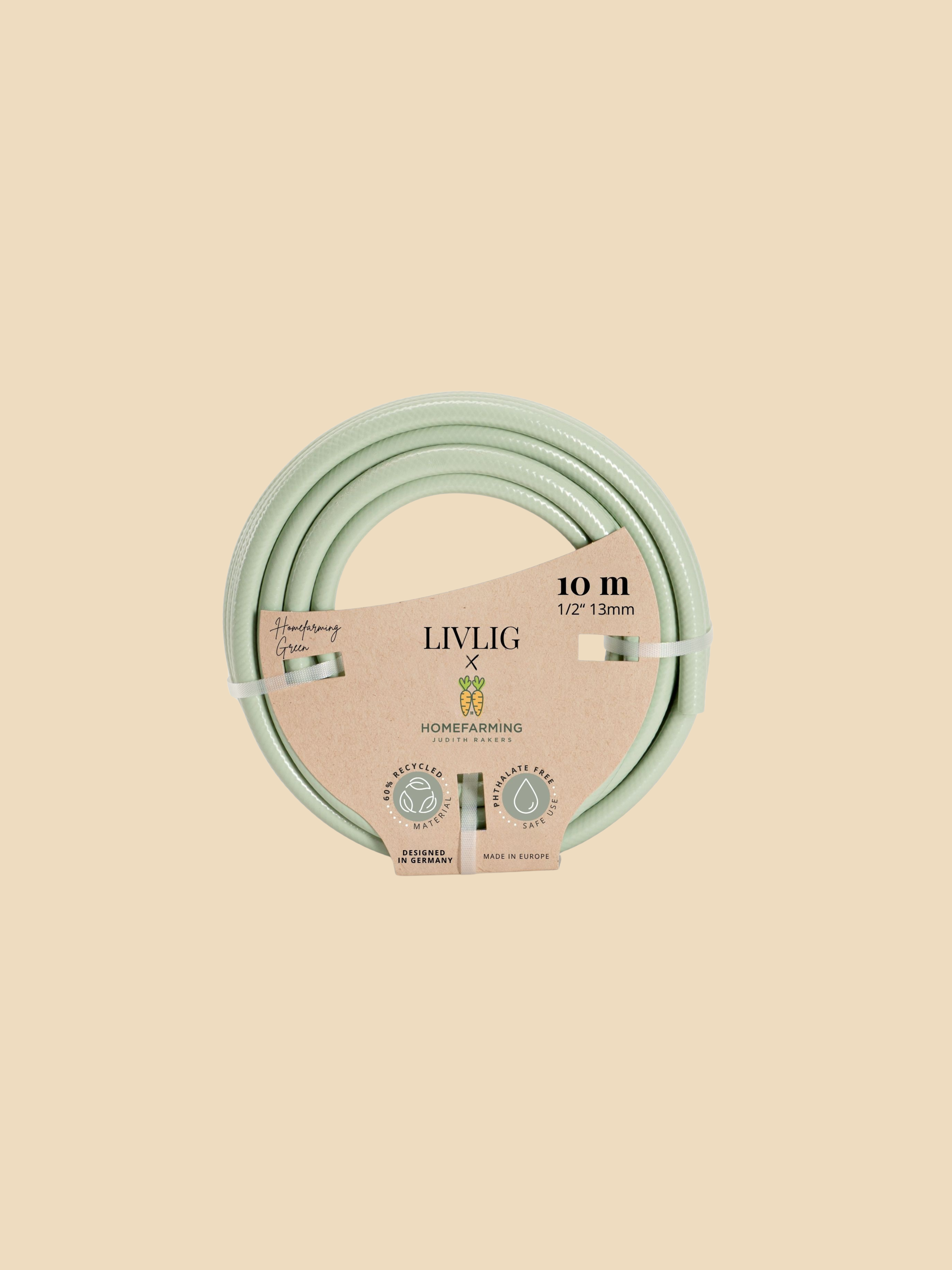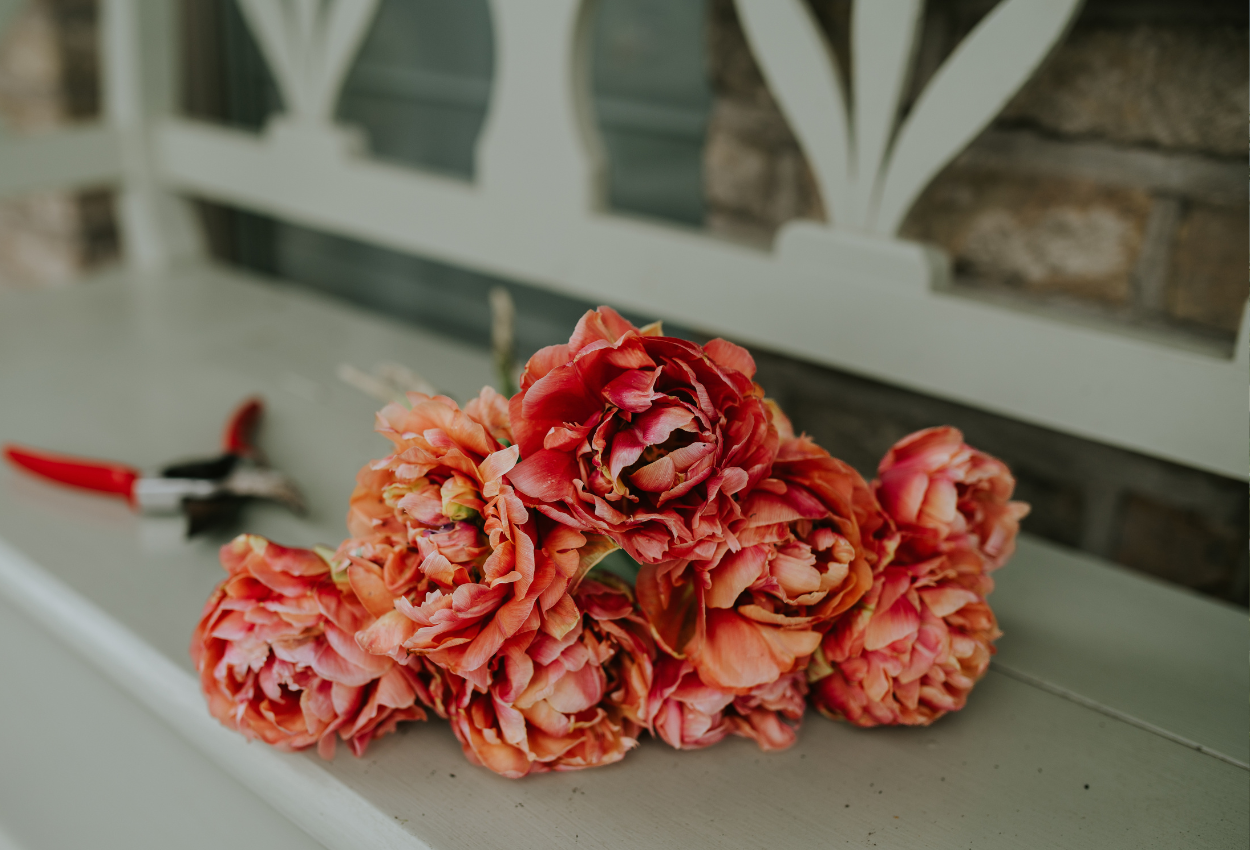The winter months are beautiful, but they can also be cold, wet, and harsh at times. There are still some garden tasks for winter, but the major projects are put on hold. We can take a break in the warmth, while for the birds, insects, and other animals in the garden, these are tough times. Food is essential to get through the cold months, and water can sometimes be hard to find. That's why we're happy to share our tips to turn your garden into a true winter paradise for garden wildlife.
Create shelters from pruning waste and fallen leaves
Did you know you can make delightful insect houses from pruning waste? Take some large branches and set them up like a tipi. It's a simple yet very effective way to create an initial structure as a shelter for insects. Fill the tipi with fallen leaves from the garden, pruning waste, and various small twigs. You can optionally reinforce or secure the tipi with natural twine, like jute.
The garden doesn't need to be tidy during the winter months, quite the opposite. Pile fallen or pruned branches into a heap. A brushwood fence is the ideal hiding place for small insects. Fallen leaves can be removed from the lawn but are best placed in the borders. The leaves form both a mulch layer and a hiding spot for insects and other small garden creatures.


Winter tips for the garden
If you have a pond, make sure there's a branch or stone at the edge. This way, insects and small animals can drink without getting trapped if it starts to freeze.
Leave the leaf blower aside. Small insects can be injured by it, and their hiding places destroyed.
Create messy corners. A few stones together? The perfect hiding spot for insects.
Notice a few bare and empty spots during winter? Find a shrub or plant that can fill the space next season. Sturdy plants also serve as ideal shelters in winter.
Don't have a compost heap yet? Make sure to create one for the next winter. The warmth it emits serves as an ideal shelter during the winter months.
Create a hedgehog hole in the fence. A small opening of about ten centimeters is enough for hedgehogs to move from one garden to another.
Feed animals during the winter months where needed
In winter, food can be scarce, especially for garden birds accustomed to a varied diet of insects, berries, and seeds. Supplementing their diet in winter is therefore an important way to help birds survive the cold. By offering extra food, you can provide birds with the necessary energy and fats to maintain their body temperature.
Birds need more energy in winter than in other seasons. The colder temperatures mean their small bodies have to work harder to stay warm, which increases their food requirements. Additionally, the food supply often becomes less appealing: there are simply fewer berries and insects available.
Feeding garden birds and other animals during the winter months can make their lives a bit easier. So, ensure there's extra food in the garden:
- Sunflower seeds
- Peanuts
- Fat Balls
- Seeds
You can hang a lovely bird feeder, create a feeding spot, or hang food in a tree or large shrub. Avoid offering food on the ground. Regularly check if the food is not moldy or rotten and replenish frequently. Don't forget to provide a drinking spot in winter and keep it frost-free during freezing weather.
Learn More Through Our Videos
Did you know we also have a well-stocked YouTube channel? With more than 450 videos, we have a vast database of information. Be sure to check out YouTube and subscribe to stay updated with the latest videos.
In this video, Angelo teaches you how to give garden birds a helping hand during the winter months.
Leave the Pruning Shears Aside in Winter
There are plants in the garden that completely wither and disappear during winter. These gaps in the border are, of course, not pleasant, so fill your borders with plants that retain their winter silhouette. Even as it gets colder, the plants maintain their shape and structure.
Some plants change color beautifully, while others retain stunning seed pods or flower spikes. Our gardens not only look charming in winter, but garden birds and small insects also benefit from the winter silhouettes. They can feast on seed pods, seeds on flower heads, and spikes. Insects crawl into hollow stems for shelter and hide in dense plants and leaf piles. So, leave the pruning shears aside and wait until spring to prune. An extra bonus: when it freezes, structural plants become truly magnificent. A layer of frost is a sight to behold. Be sure to consider adding structural plants to your garden:
Echinacea or Coneflower
Verbena bonariensis or Vervain
Ornamental Grasses
Dipsacus or Teasel
Helianthus or Sunflower












